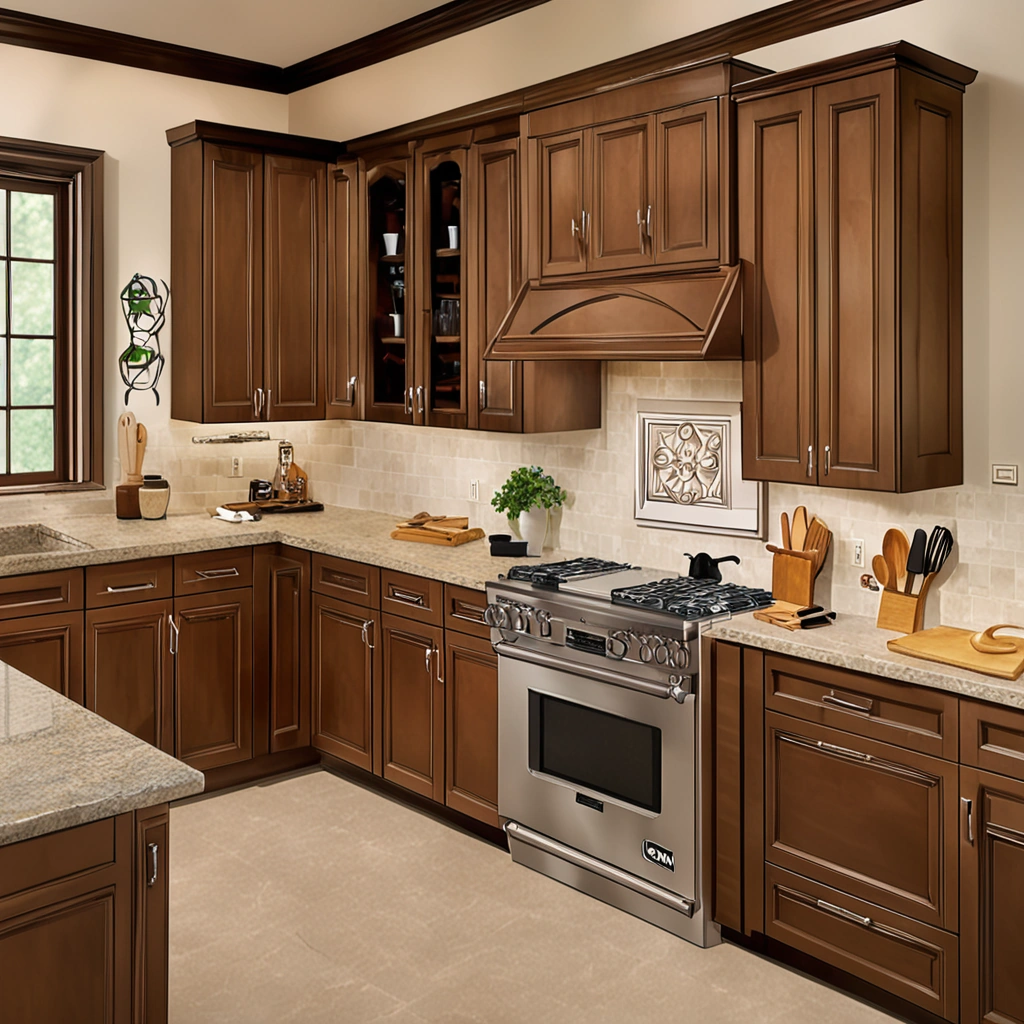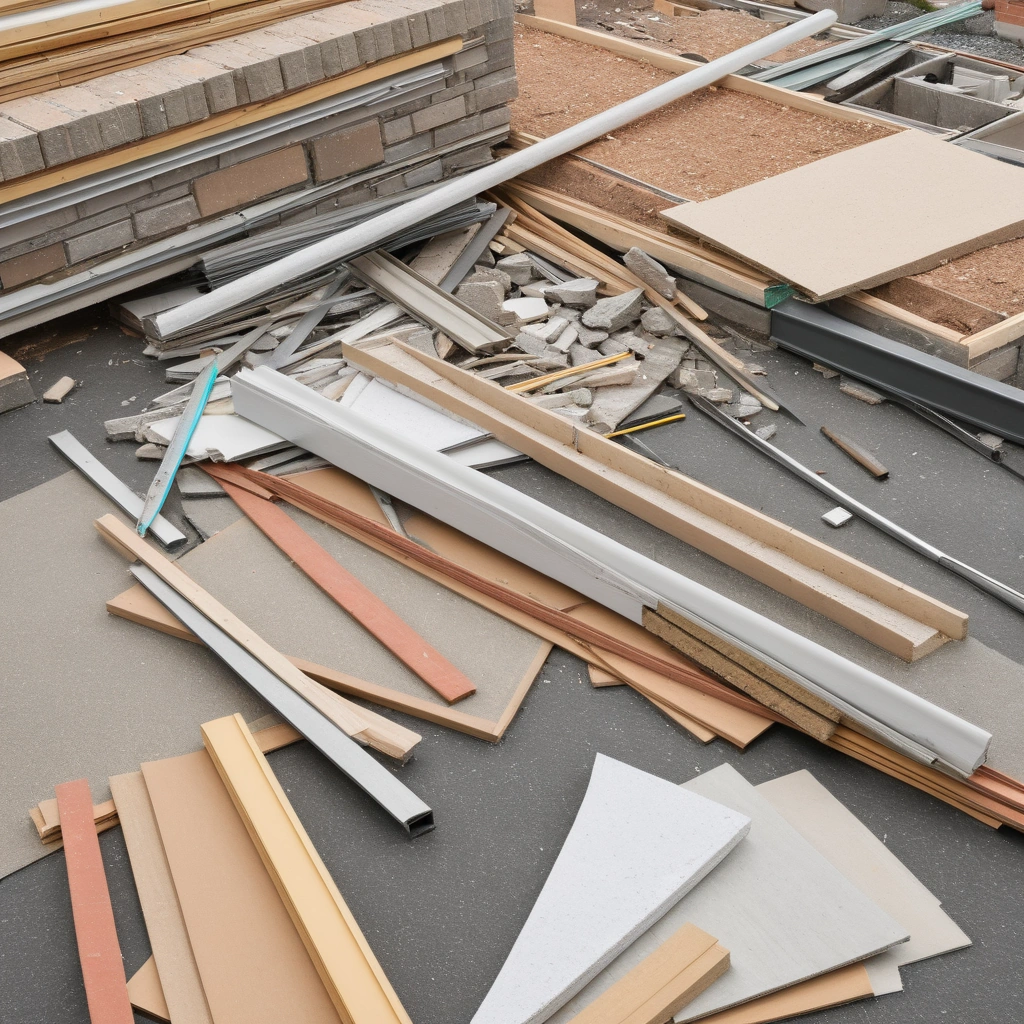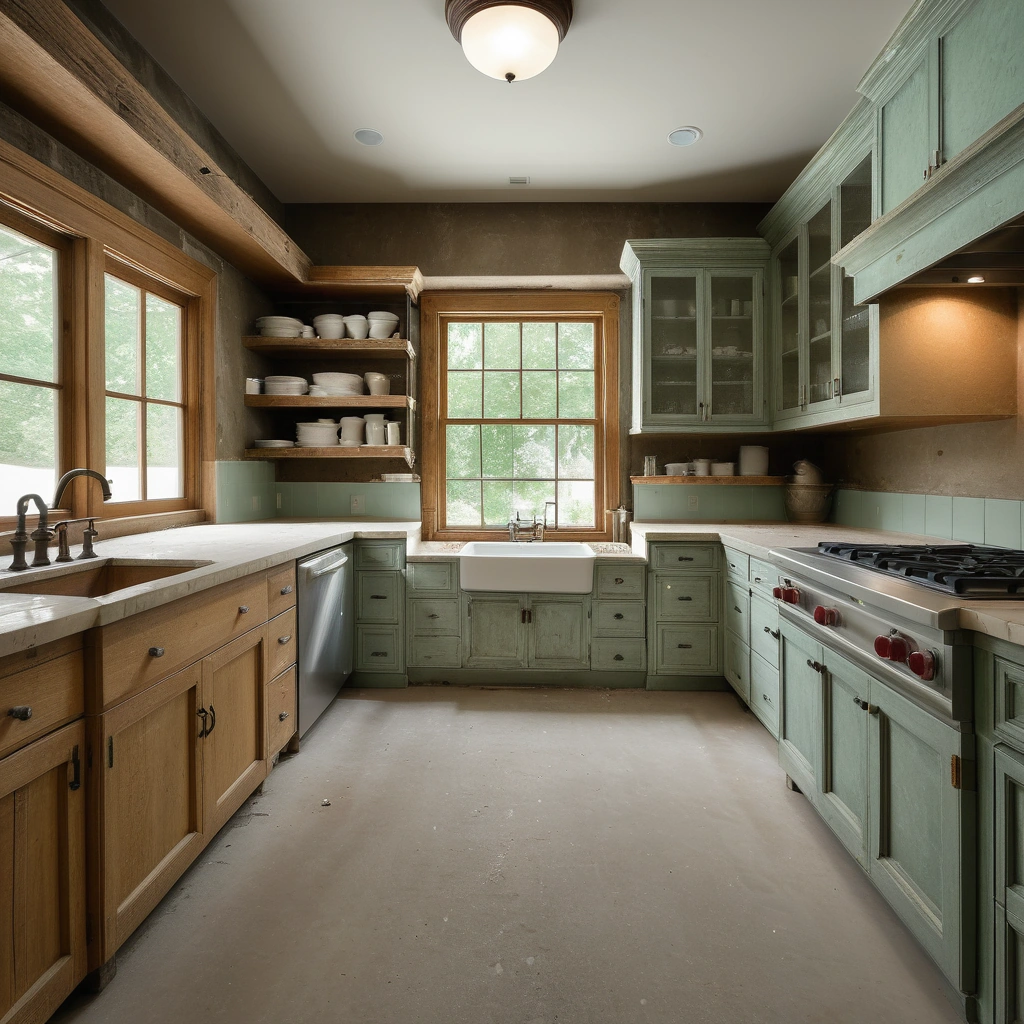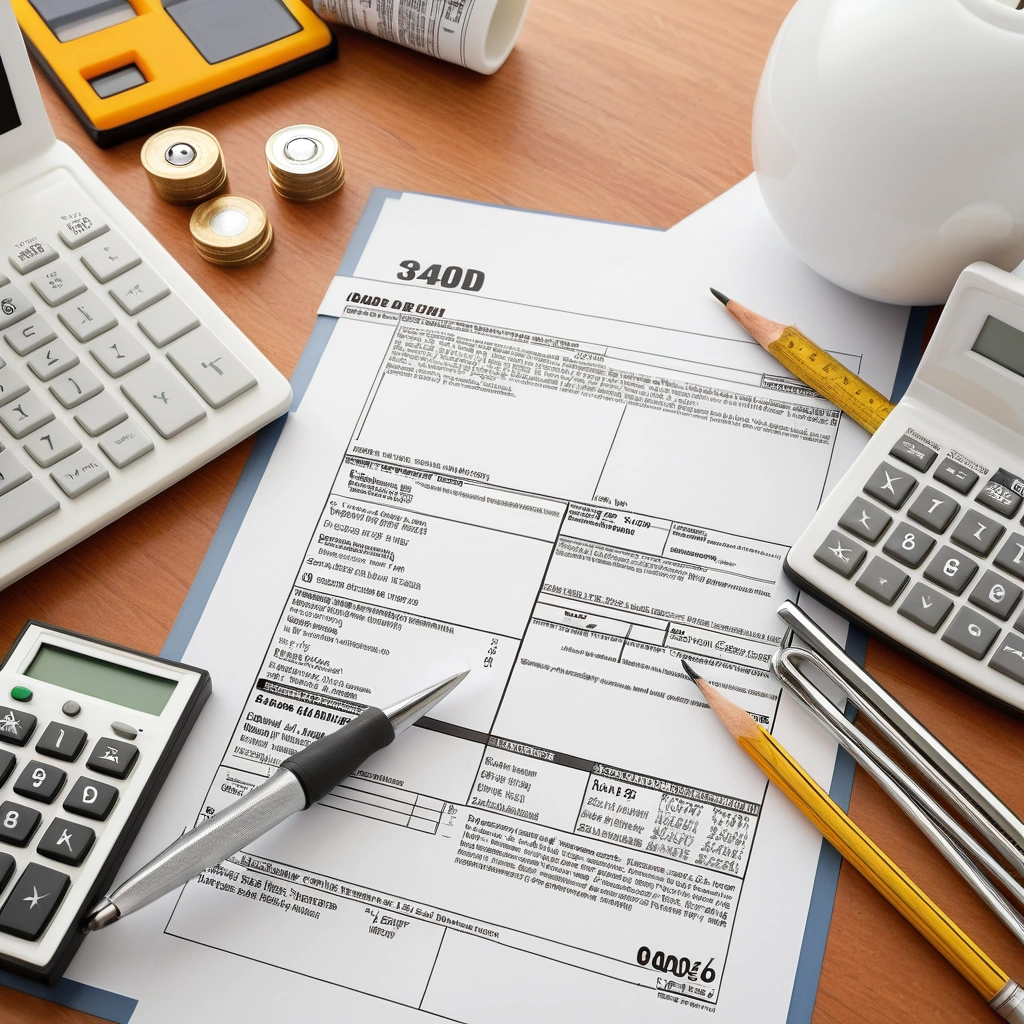The Science-Backed Morning Routine for Better Energy, Focus, and Wellbeing in 2025
Starting your day with intention rather than chaos can transform not just your mornings but your entire life. The way you spend the first hour after waking up sets the tone for everything that follows, influencing your energy levels, mental clarity, emotional stability, and overall productivity. Yet most people stumble through their mornings in a








